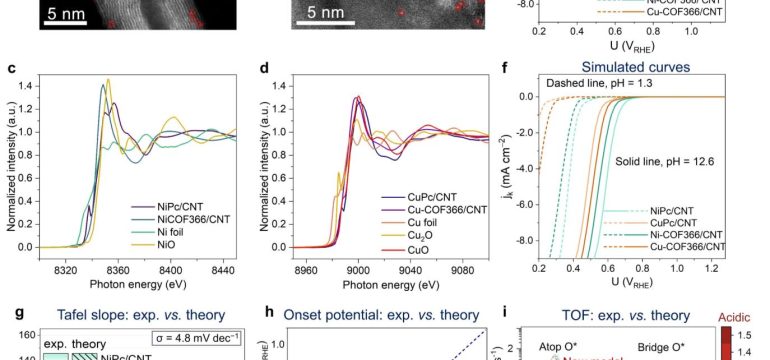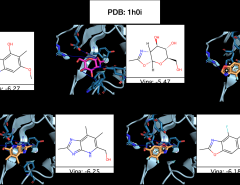Authors: Di Zhang, Fangxin She, Jiaxiang Chen, Li Wei, Hao Li
Published on: February 08, 2024
Impact Score: 8.3
Arxiv code: Arxiv:2402.05405
Summary
- What is new: A new bridge-adsorbed oxygen mechanism in weak-binding single-atom catalysts for oxygen reduction reactions, challenging established theories.
- Why this is important: Contradiction between the observed considerable ORR activity from weak-binding M-N-C catalysts and theoretical predictions based on the Sabatier principle.
- What the research proposes: A new bridge-adsorbed oxygen mechanism identified using a pH-field coupled microkinetic model and experiments, alongside a unified scaling relation model incorporating kinetics.
- Results: The new model shows improved alignment with experimental data and offers a design principle for high-performance SACs by leveraging weak-binding atoms.
Technical Details
Technological frameworks used: pH-field coupled microkinetic model
Models used: Unified scaling relation model with kinetics
Data used: Experimental data on weak-binding M-N-C SACs
Potential Impact
Energy sector, particularly companies in fuel cell technology and catalysis research.
Want to implement this idea in a business?
We have generated a startup concept here: CataLyft.



Leave a Reply